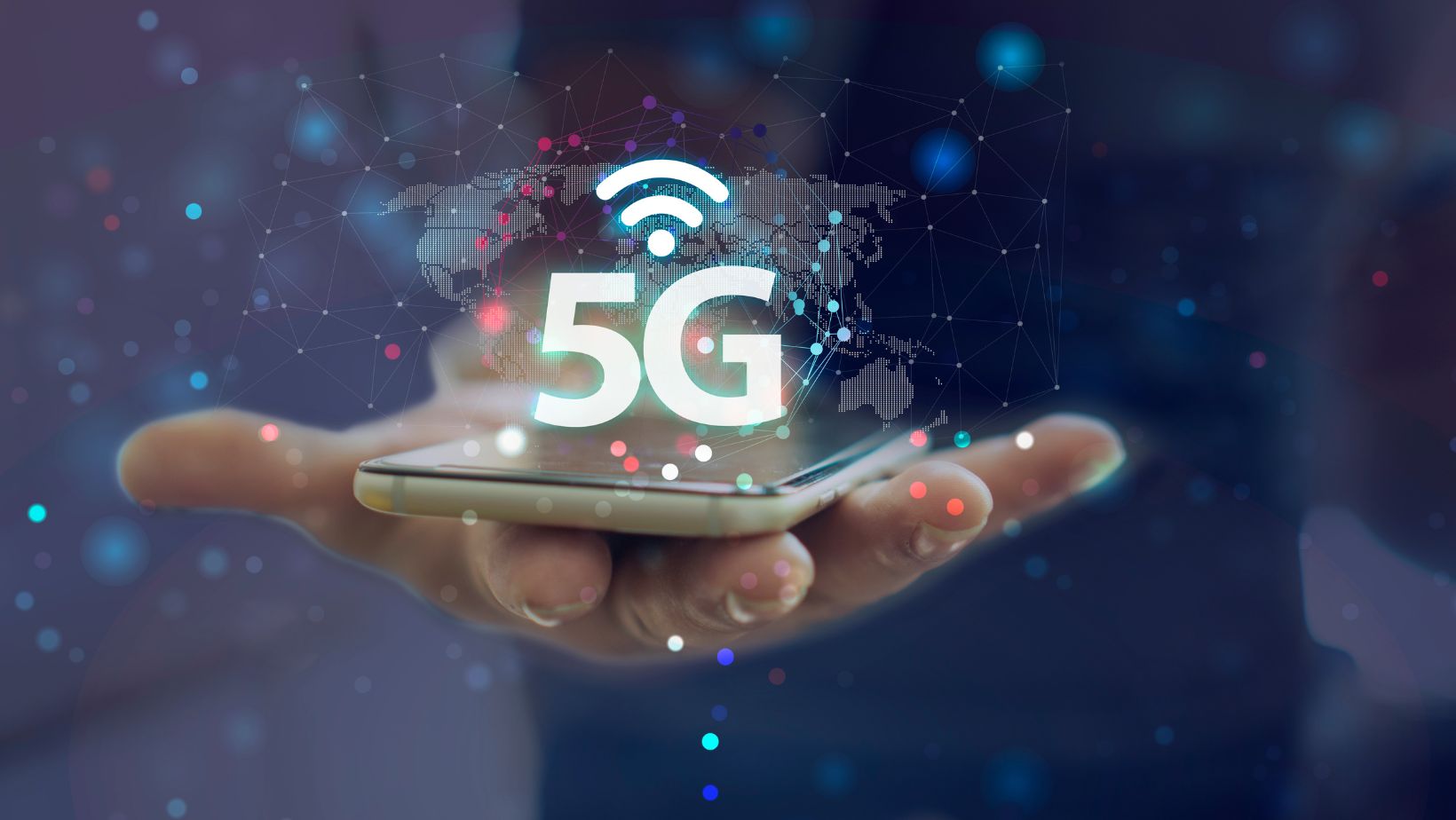Are you wondering when Verizon will have 5G coverage in your area? Well, you’re not alone. With the advent of new technologies, staying connected at high speeds is becoming increasingly important for both personal and professional use. As an expert in the field, I’ll provide you with all the information you need about Verizon’s network coverage map and when you can expect to experience the power of 5G.
Verizon has been actively expanding its 5G network across various cities in the United States. However, the rollout of 5G is a complex process that involves infrastructure development and specific frequency bands. To determine when Verizon will have 5G coverage in your area, it’s essential to consult their network coverage map.
When Will Verizon Have 5g In My Area
How Does Verizon’s Network Coverage Map Work?
Verizon’s network coverage map is a useful tool that provides valuable information about the availability and strength of their network signal in different areas. It helps customers determine whether they can expect reliable service, including access to 5G connectivity. But how exactly does this map work?
Firstly, Verizon collects data from various sources to create an accurate representation of their network coverage. This includes information from their own infrastructure, as well as data collected from users’ devices and crowd-sourced reports. By combining these different sources of information, Verizon is able to generate a comprehensive view of their network reach.
Factors Affecting Verizon’s Network Coverage
Various factors can influence the extent and quality of Verizon’s network coverage in a particular area. These include:
- Distance from Cell Towers: The proximity to cell towers plays a significant role in determining signal strength and overall coverage quality. Areas closer to cell towers are more likely to experience stronger signals compared to those located farther away.
- Obstacles: Buildings, trees, mountains, and other physical obstacles can obstruct or weaken wireless signals, leading to reduced coverage in certain areas.
- Network Congestion: In densely populated areas with high user demand for data services, network congestion may occur, resulting in slower speeds or reduced reliability until additional capacity is added.
- Technology Deployment: Different generations of wireless technology, such as 3G, 4G LTE, and 5G, have varying coverage footprints. While Verizon is actively expanding its 5G network, it may not be available in all areas yet.
Checking for Verizon 5G Availability in Your Area
If you’re eagerly awaiting the arrival of Verizon’s 5G network in your area, there are a few ways to check for its availability:
- Verizon Coverage Map: Start by visiting Verizon’s official website and accessing their network coverage map. Look for areas marked with 5G coverage to see if it extends to your location.
- Verizon Store Locator: Another option is to use Verizon’s store locator tool on their website or mobile app. This can help identify nearby stores that offer demonstrations or information about their latest network technologies.
- Customer Support: Reach out to Verizon’s customer support team through their hotline or online chat feature. They can provide personalized assistance and let you know if 5G is available in your specific area.

Exploring the Benefits of 5G Technology
Benefits of 5G Technology for Businesses
When it comes to businesses, the advent of 5G technology heralds a new era of possibilities. With its lightning-fast speeds and ultra-low latency, 5G opens up a world of opportunities for industries across the board. Here are some key benefits that businesses can expect:
- Increased Productivity: With 5G’s high-speed connectivity, businesses can enjoy faster data transfer rates, enabling employees to complete tasks more efficiently. This means quicker file uploads and downloads, seamless video conferencing, and improved collaboration among team members.
- Enhanced Remote Work: As remote work becomes more prevalent, having reliable and fast internet access is crucial. 5G enables smoother remote working experiences by providing stable connections even in areas with high network congestion.
- Internet of Things (IoT) Integration: The Internet of Things has revolutionized various industries by connecting devices and systems seamlessly. With 5G’s ability to handle massive device connectivity, businesses can leverage IoT technologies to optimize operations, automate processes, and gather real-time data for informed decision-making.
- Emerging Technologies: Emerging technologies like augmented reality (AR), virtual reality (VR), and artificial intelligence (AI) heavily rely on robust network capabilities. The low latency offered by 5G ensures smooth interactions between these technologies and allows businesses to explore innovative applications such as immersive training simulations or remote equipment maintenance using AR overlays.


